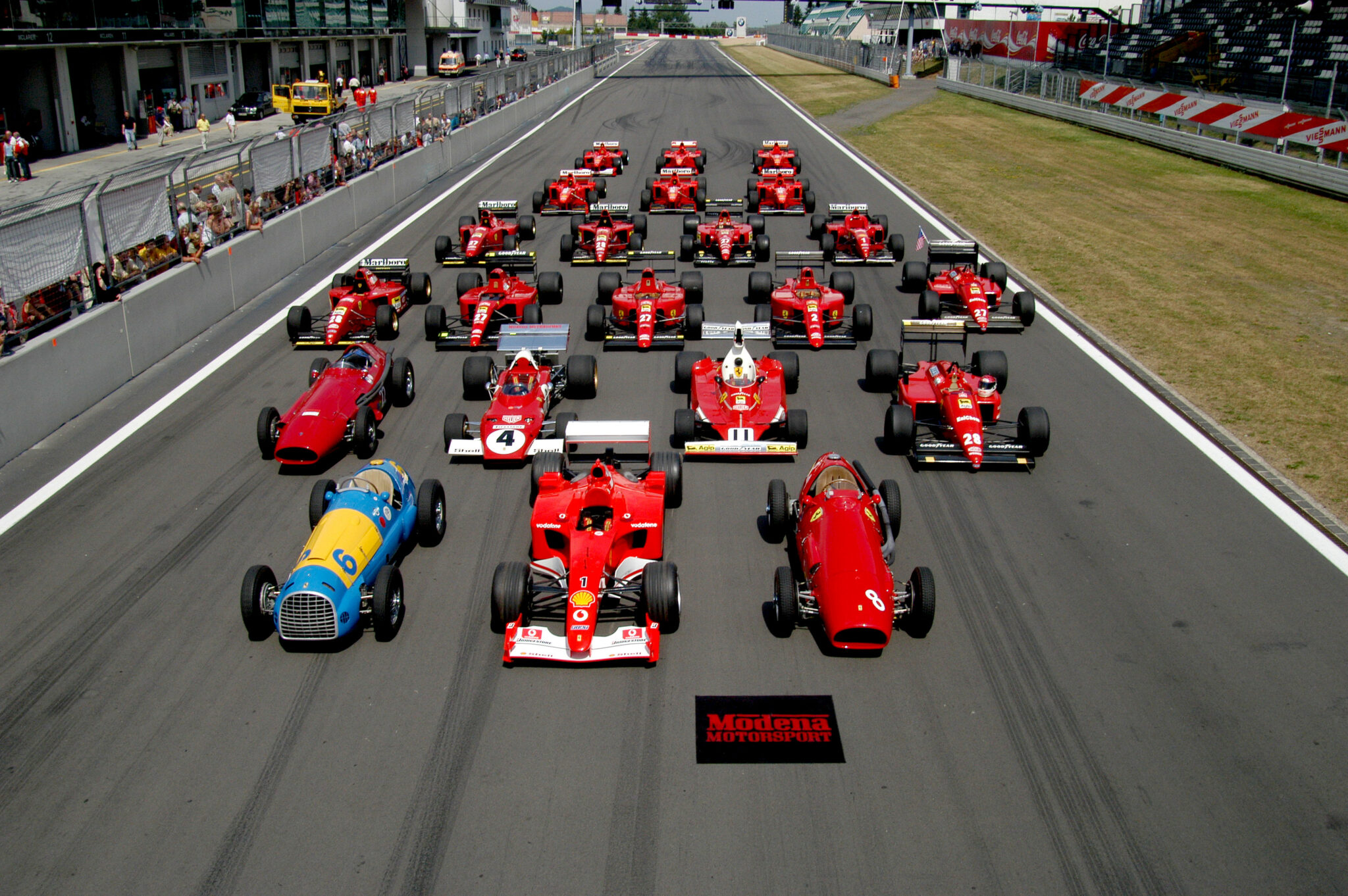In the midst of the pandemic, some people have claimed that we’ve been dangerously starved of important human interactions. While that probably overstates how much we really liked talking to people in the first place, quarantine has irrefutably provided us with a vast surplus of time to absorb the nearly endless content of Netflix. Amongst the rom-coms, action movies and musicals, a particular show stands out as especially eye-opening for American audiences: “Drive to Survive,” an unprecedented behind-the-scenes docuseries about the fastest sports race on Earth, the Formula One World Championship.
For those who are unfamiliar with the term, the Formula One (Formula 1) World Championship is the highest class of racing in the world sanctioned by the Fédération Internationale de l’Automobile (FIA). Its competition season spans across 10 months and six continents as the best drivers in the world duke it out for the coveted Formula 1 drivers’ championship title.
Although not nearly as popular in the U.S. as other sports like football and basketball, Formula 1 racing is actually one of the most popular sports in the world, attracting 1.9 billion viewers during the 2019 season.
Beginning this March, the next 23-race season promises to be jam-packed with high-octane and high-adrenaline action as the best drivers in the world return to the grid in a championship fight that is predicted to be one of the closest in this era.
So now, with two — rumored three — seasons of “Drive to Survive” on Netflix and before the 2021 championship kicks off in Sakhir, Bahrain, it might be the perfect time to get caught up on the world of Formula 1.
Here are three reasons why you should join the growing legion of stateside Formula 1 fans.
- The Ease
Formula 1 is perhaps one of the easiest sports to follow. Races only occur on Sundays every one to three weeks, giving teams enough time to trot the globe to prepare for the next race. There are only 20 Formula 1 drivers in the world — two drivers per the 10 total teams — a testament to the niche prestige that participants hold.
Even better, the scoring is simple: The top 10 drivers in each race earn points ranging from 25 for first place and 1 for 10th, and at the end of the season, the driver with the most points is crowned the driver’s champion. The team with the most points — the sum of the points of both their drivers — is crowned the constructor’s champion.
2. The Spectacle
Watching the Formula 1 cars roar down the track is exhilarating, even when you’re just viewing them on your TV. These cars are the pinnacle of automotive engineering, capable of turning a corner faster than any other machine with wheels ever made. The turbo-hybrid engines achieve acceleration levels that will only be surpassed by the next generation of Formula 1 cars. The races are full of difficult passes, close calls and fiery collisions unlike anything else seen in the world of sports.
Formula 1 broadcasts radio conversations with drivers and race strategists, allowing viewers to see and hear about on-track drama from multiple perspectives in real time.
The scenery itself is a defining characteristic of Formula 1. Previous seasons have featured races on the historic streets of Monaco, the dunes of Sakhir and the gorgeous countryside of Monza, just to name a few. With the in-depth track analysis and aerial views provided by the televised races, fans of Formula 1 are treated to an up-close and personal look at some of the most culturally significant regions and tracks in the world.
3) The Technology
For those who are excited by engineering and innovation, or who are just fascinated by real-time strategy, Formula 1 is your place. Formula 1 is different from other racing series like NASCAR in that the teams engineer their own racing cars. This means that the technical direction of teams makes a significant impact on their performances on the track. Fans are in turn able to see for themselves the effects of having different approaches in creating every aspect of each car, from the aerodynamic package to the braking system and everything in between.
As aforementioned, Formula 1 gives viewers access to information on a level incomparable to that of any other sport. The television broadcast shares with viewers the same real-time calculations and performance metrics of the cars that the teams use when formulating their racing strategies. Simply put, this situation would be analogous to an NFL broadcast literally saying what the next play will be before it even happens. The abundance of information allows the Formula 1 viewer to be fully immersed in the high-speed action and put their technical and strategic knowledge to the test to see if their predictions match the actions of the teams.

















bruh